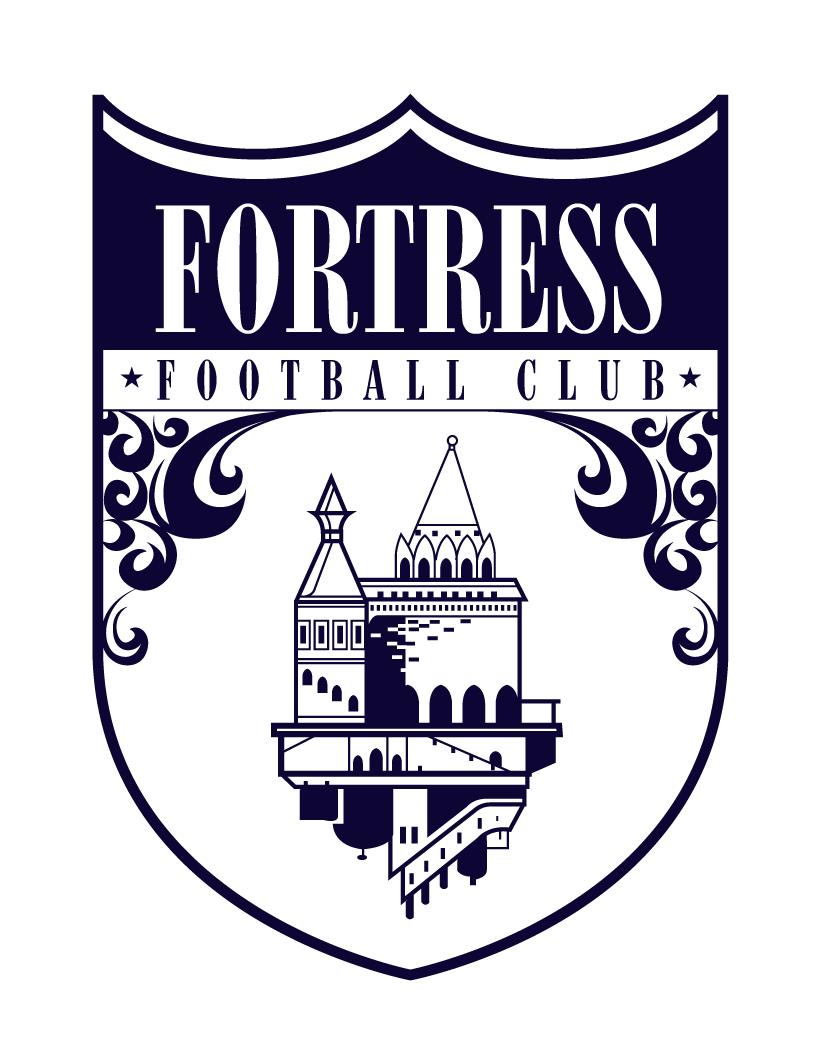Building Out From the Back
Hi Parents,
Our focus this week is Building Out From the Back.
This is a buzz concept right now in the soccer world. But just because it’s all the rage, it doesn’t mean it’s implemented in youth soccer a lot.
And why is this? Because it’s difficult. It requires players who are comfortable on the ball when the opponent is pressing tenaciously. It requires a team willing to take a risk in order to take control of a game.
Many players panic in this situation and cough up the ball in dangerous positions. Even very talented professional teams do.
Through practice, we can learn to cope with the pressure, settle our minds and bodies, and realize it’s the same situation we practiced 10,000 times in practice throughout the years. That’s how we become adept in any skill we pursue.
So, boys, what I’m asking you to do is not easy. It’s not even moderately hard. It’s difficult, and I hope that fires you up, to know you have the opportunity to make something difficult become a lot easier through "deep practice".
Deep practice is a concept that requires two things to come together: the willingness to practice a given task and the focus to learn from mistakes and correct them.
We’re practicing soccer, so we’ll use it to highlight this universal lesson. Know, though, that once you experience this process of making something that is hard into something that is easy for you, you can translate the same type of deep practice into any other endeavor.
Now onto the soccer!
A very good team that implements building out of the back and breaking a high press is Manchester City (surprise, surprise!). Many teams decide not to press them because of how devastating they are at getting through lines of defense.
They weren’t always this good, though. We tend to forget the beginnings as we look at a polished product. And even teams that are great at building out from the back cough up the ball and get scored on.
Let’s look at what this may look like in a game:
Our goalie saves a shot and is able to hold onto it. Immediately our right and left center backs get wider than the box to receive a roll out from the keeper. Our center back (6) steps up above the arc to create another option for the keeper to roll the ball to.
He rolls the ball out to the left center back and the striker and right wing close him down. The right back for the red team (2) as well as the right central midfielder (8) step up to cut off options for our #4.
Our first goal is to play through their attacking line highlighted below:
Can you see who’s open? If we can get the ball to our left midfielder (3), we pass the attacking line. We also can go back to our keeper, and we can also go into the center to one of our central midfielders (10).
What we don’t want to do is panic and boot it down the field.
Now, our left center back is able to pass it to our left midfielder, who plays it in to our #10 and a quick pass into our number 11 gets us through our opponents midfield line (our second goal) and into their half. Our team shifts up to help support our player and we’ve built up and broken the press.
This is an extremely simplified version. But is an example of what could happen. This week we’ll begin our deep practice with building out of the back.





